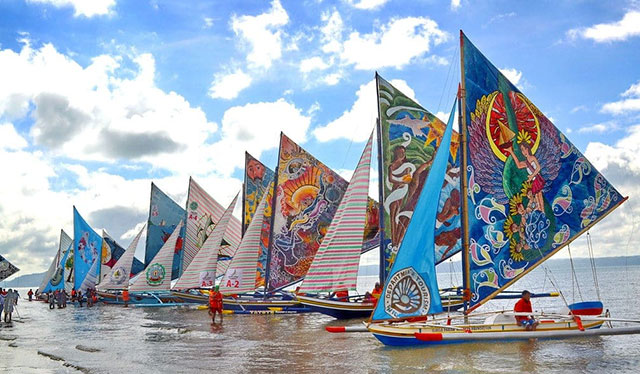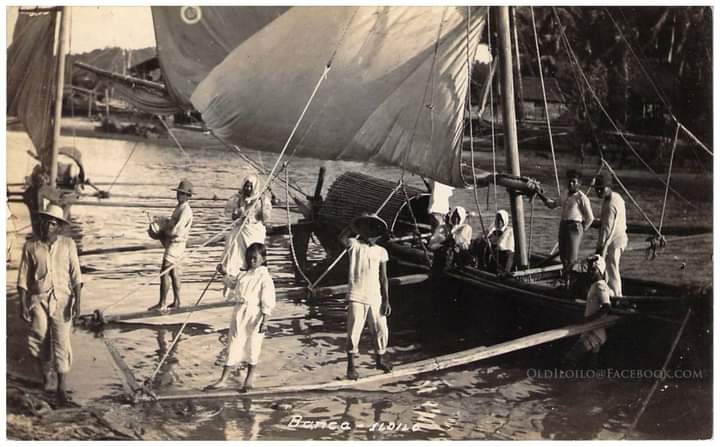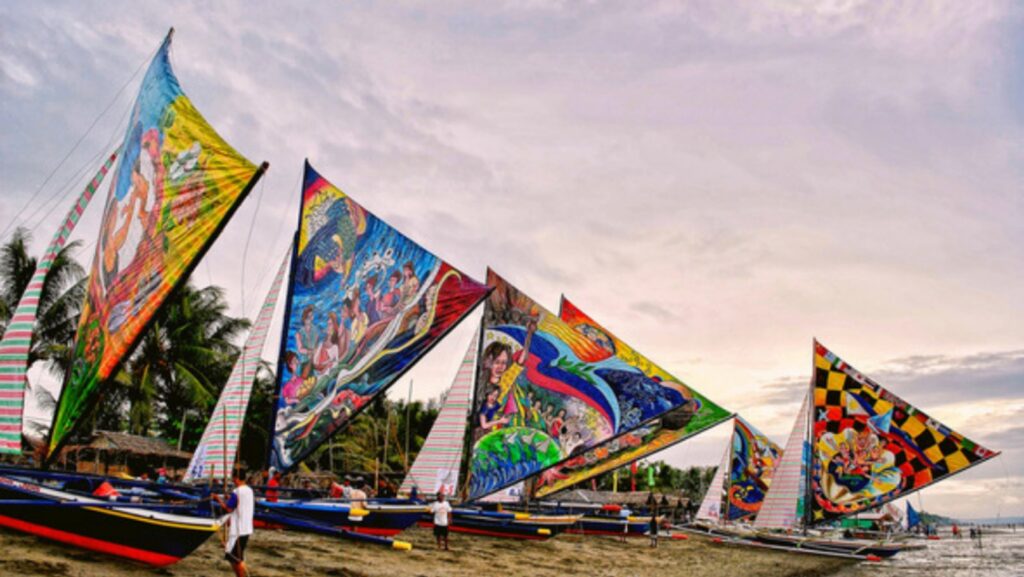EIGHTY wind-propelled wooden vessels, their colorful sails billowing like giant quills, will cruise the Iloilo Strait in the largest sailing event in the Philippines – the Paraw Regatta Festival.
The 50th Paraw Regatta returns to the shores of Iloilo City’s Villa Beach in the Arevalo district on March 12-19. Some of the events will be held at the beach, while others will be staged in malls and major public places, according to John Lex Espinosa Bayombong, the festival chairperson.

Dr. Robert Somosa, race director for the sailing events, said the contests will follow the same rules as in previous editions.
Miss Paraw Regatta, a fixture of previous editions of the festivity, will not be held this year due to time constraints. However, the festival will still have its official representative to Miss Earth Philippines, said Joyce Clavecillas, Iloilo Festivals Foundation, Inc. executive director. One of the top five finalists of Miss Iloilo 2023 will represent the province in the said national pageant. Miss Paraw Regatta 2023 will be officially introduced during one of the events of this year’s festival.
“The excitement keeps sailing as the Paraw Regatta Festival comes back into the waters of Iloilo City,” Mayor Jerry Treñas said in a statement.
The Paraw Regatta Festival was last celebrated in 2019, with the 2020 edition canceled due to the pandemic. It was presented digitally in 2021 and 2022.
Historical value
Dubbed the oldest traditional craft event in Asia and the biggest sailing festival in the Philippines, the Paraw Regatta started in 1973 to help develop the local tourism industry, preserve the historical value of the paraw (Hiligaynon for sailboat), celebrate the skills of paraw sailors (marginal fishermen who take a week off to train and compete in the regatta) and bring fiesta spirit into their lives.

The paraw regatta is a 36.5-kilometer race held in the Arevalo district in Iloilo City. Each year, Villa Beach – known for its row of restaurants offering affordable fresh seafood – is transformed into a haven of historic nautical engineering.
Forget throbbing engines and high-tech satellite gear. The paraw harks back to an era when sail ruled the waves, built from designs dating back centuries. For the sailors taking part, maneuvering the old-fashioned vessel takes not just specialized knowledge – but brute strength.
The native vessel has three major components: outrigger, hull and sail. The paraw is a double-outrigger sailboat. An outrigger serves as a stabilizer, especially when the wind-powered dinghy moves to a speed of 30 kilometers per hour. Its sail is similar to the Latin rig or crab claw which is made of mat, fabric or canvas and shaped into a triangle, which differentiates the paraw from a vinta whose sail is rectangular.
Wind-driven native schooners in vibrant hues will run up the coast of Panay and then down the coast of Guimaras before returning to Villa Beach. Participating paraws are categorized based on the waterline length of the vessel and further classified according to their sails as “painted” or “unpainted”. Racing breaks down into two classes. Boats with lengths of 16 feet and below have to be made of indigenous materials while those of 16 feet and 1 inch to 22 feet can use a wider range of materials.

The paraw was the transport of choice for explorers and traders, but it is today far from an ancient relic of a bygone era. Its present-day version managed to maintain the original design of the sailboats of the first settlers from Borneo who were in search of a peaceful home in 1212 A.D. Surviving the centuries, the paraw has become a vital part of Filipino seafaring life. Up to this day, it is still utilized as a means of transport and livelihood. Its flamboyant design continues to draw enthusiastic crowds at sailing events and satisfy adventure-hungry maritime aficionados with a potent sense of nostalgia.
The paraw’s prototype is what inspired Westerners to develop the trimaran. Most modern trimarans are sailing yachts designed for recreation or racing; others are ferries or warships.
Festival activities
March 12: Mass and opening program
March 12-19: Paraw photo contest and miniature paraw-making competition
March 12-16: Pinta sa regatta mural painting contest
March 13: Paraw job fair
March 16: Slalom race, a test of navigational skills of competitors who will negotiate a 3-kilometer course
March 17-18: Pinta layag wherein participants will design paraws assigned to them
March 12-19: Beach volleyball
March 18: Sinamba sa regatta, a music and dance competition
March 19: Pinta tawo, a body painting contest; lechon contest; paraw race sailing; parade of lighted paraw; and awarding ceremony
The Iloilo Paraw Regatta Festival is a reminder about the protection and preservation of the Visayan coral reefs and marine life. It’s also one way to promote the local seafaring culture by showcasing the Ilonggos’ being great sailors and master craftsmen.
This is one celebration where everybody speaks the same language – passion for the sea and love for the great ladies of the sea. It’s not about the prize money or award. People do it for the spirit of the race.





